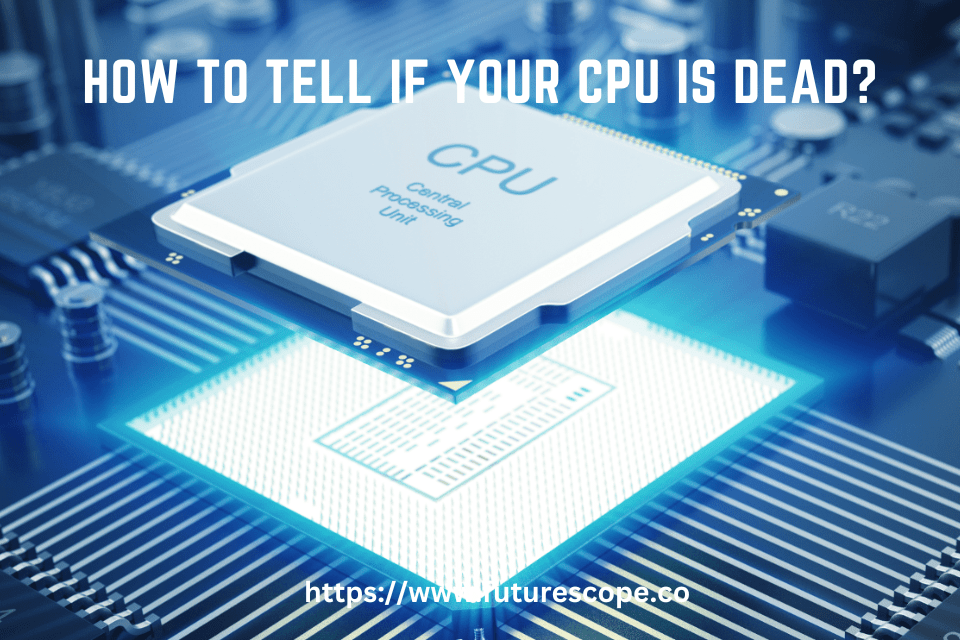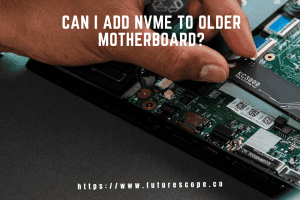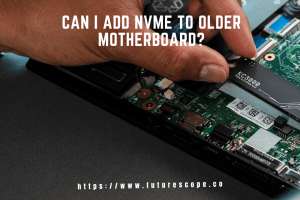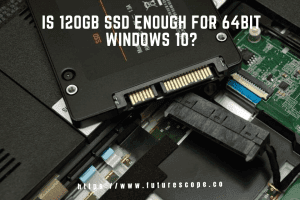What We Have Covered in This Article
Last Updated on April 23, 2023 by Editor Futurescope
When a computer fails to boot up or experiences frequent shutdowns, it could be a sign that the CPU is dead or damaged. The CPU, or central processing unit, is the brain of the computer that performs all the necessary calculations and processes. Without a functioning CPU, a computer cannot operate, and it is crucial to diagnose the issue accurately.
There are several indications that a CPU may be dead or damaged. One of the most common signs is when the computer fails to turn on or shuts down randomly. Additionally, if the computer displays a blue screen or overworks its fans, it could be a sign of a dead or damaged CPU. It is important to note that several other factors, such as faulty RAM or a failing power supply, can cause these symptoms, and it is crucial to narrow down the issue before concluding that the CPU is dead.
In this article, we will discuss how to tell if a CPU is dead or damaged, the symptoms to look for, and the steps to diagnose the issue accurately. We will also provide tips on how to prevent CPU damage and extend its lifespan. By following these guidelines, users can ensure that their computers operate smoothly and efficiently.
Symptoms of a Dead CPU
When a CPU fails, it can be difficult to diagnose the problem. However, there are some common symptoms that can help you determine if your CPU is dead or dying. Here are some of the most common symptoms:
- Computer won’t boot up
- Overworking fans
- Frequent shutdowns
- Blue screen of death
- System freezes or crashes
- Beeping noises
If your computer won’t boot up or you are experiencing frequent shutdowns, this could be a sign that your CPU is dead or dying. Overworking fans can also be a sign of a dead CPU, as the CPU is not functioning properly and is causing the fans to work overtime.
The blue screen of death is another common symptom of a dead CPU. If you see this error message on your computer screen, it means that your CPU has encountered a fatal error and is no longer functioning properly. System freezes or crashes can also be a sign of a dead CPU.
Finally, if you hear beeping noises coming from your computer, this can be an indication that your CPU is close to death. Beeping noises can be caused by a variety of issues, including a dead or dying CPU.
If you are experiencing any of these symptoms, it is important to take your computer to a professional to have it diagnosed. A dead CPU can be a serious issue and can cause permanent damage to your computer if not addressed promptly.
Diagnosing a Dead CPU
When a computer fails to start up, it can be difficult to determine whether the issue is with the CPU or another component. Here are some steps to help diagnose a dead CPU:
Step 1: Check for Power
The first step is to ensure that the computer is receiving power. Check that the power cable is securely plugged into the wall and the computer, and that the power outlet is working. If the computer is receiving power, move on to the next step.
Step 2: Listen for Beeps
When a computer starts up, it performs a Power-On Self Test (POST) to check that all components are functioning properly. If the CPU is dead, the motherboard may emit a series of beeps to indicate an error. Consult the motherboard manual to determine what the beeps mean.
Step 3: Check the Monitor
If the computer is powering on but the monitor is not displaying anything, the issue may be with the CPU. Try connecting the monitor to another computer to ensure that it is working properly.
Step 4: Check the Fans
When a CPU is under heavy load, the fans will spin faster to dissipate heat. If the fans are not spinning at all, it may indicate that the CPU is not receiving power. If the fans are spinning at maximum speed as soon as the computer is turned on, it may indicate that the CPU is dead.
Step 5: Test the CPU
If all other components appear to be functioning properly, the CPU may need to be tested. This can be done by removing the CPU from the motherboard and testing it in another computer, or by replacing the CPU with a known working one to see if the computer starts up. It is important to note that diagnosing a dead CPU can be difficult, and it may be necessary to seek professional assistance if the issue cannot be resolved.
Possible Causes of a Dead CPU
When a CPU fails, it can be frustrating and costly to replace. It is important to understand the possible causes of a dead CPU to prevent it from happening again in the future. Here are some of the most common reasons why CPUs die:
Overheating: One of the most common causes of a dead CPU is overheating. CPUs generate a lot of heat, and if they get too hot, they can be damaged or even destroyed. Overheating can be caused by a variety of factors, including poor ventilation, a malfunctioning fan, or a buildup of dust and debris inside the computer.
Electrostatic Discharge (ESD): Another common cause of a dead CPU is electrostatic discharge. ESD occurs when there is a sudden flow of electricity between two objects with different electrical charges. This can happen when a person touches a component inside the computer without properly grounding themselves first.
Physical Damage: CPUs can also be damaged by physical trauma, such as dropping the computer or accidentally hitting the CPU with a heavy object. Even a small amount of damage to the CPU can cause it to fail.
Manufacturing Defects: While rare, manufacturing defects can also cause a CPU to fail. These defects can include issues with the manufacturing process or faulty components that were used in the CPU.
It is important to note that not all dead CPUs can be fixed. In some cases, the damage may be too severe to repair, and the CPU will need to be replaced. However, understanding the possible causes of a dead CPU can help prevent it from happening in the future.
Preventing a Dead CPU
While it is not always possible to prevent a dead CPU, there are some steps that can be taken to reduce the risk of it happening. Here are a few tips:
- Keep your computer clean: Dust and debris can accumulate inside your computer and cause overheating. Use compressed air to clean your computer regularly to prevent this.
- Use a surge protector: Power surges can damage your CPU and other components. Use a surge protector to protect your computer from power fluctuations.
- Monitor your computer’s temperature: Overheating can cause damage to your CPU. Use software to monitor your computer’s temperature and take action if it gets too high.
- Don’t overclock your CPU: Overclocking can increase the risk of damage to your CPU. Unless you know what you’re doing, it’s best to avoid overclocking.
- Handle your CPU with care: When installing or removing your CPU, be careful not to bend any of the pins. This can cause irreparable damage to your CPU.
By following these tips, you can reduce the risk of your CPU dying prematurely. However, keep in mind that even with proper care, CPUs can still fail due to manufacturing defects or other factors outside of your control.
Conclusion
When it comes to determining whether your CPU is dead or not, there are a few key signs to look out for. If your computer won’t turn on at all, or if it turns on briefly before shutting down, it could be a sign that your CPU is dead. Additionally, if you notice that your computer is running slower than usual, or if you’re experiencing frequent crashes and freezes, it could be a sign that your CPU is on its way out.
It’s important to note, however, that there are many other factors that can contribute to these issues. For example, a failing power supply or a faulty motherboard can also cause similar symptoms. Therefore, it’s important to carefully diagnose the problem before jumping to conclusions about the state of your CPU.
If you’re unsure about whether your CPU is dead or not, it’s always a good idea to seek the help of a professional. A qualified technician can help you diagnose the issue and determine the best course of action for repairing or replacing your CPU. In the end, the key to keeping your computer running smoothly is to stay vigilant and address any issues as soon as they arise. By taking the time to properly diagnose and fix problems with your CPU, you can ensure that your computer stays in good working order for years to come.









